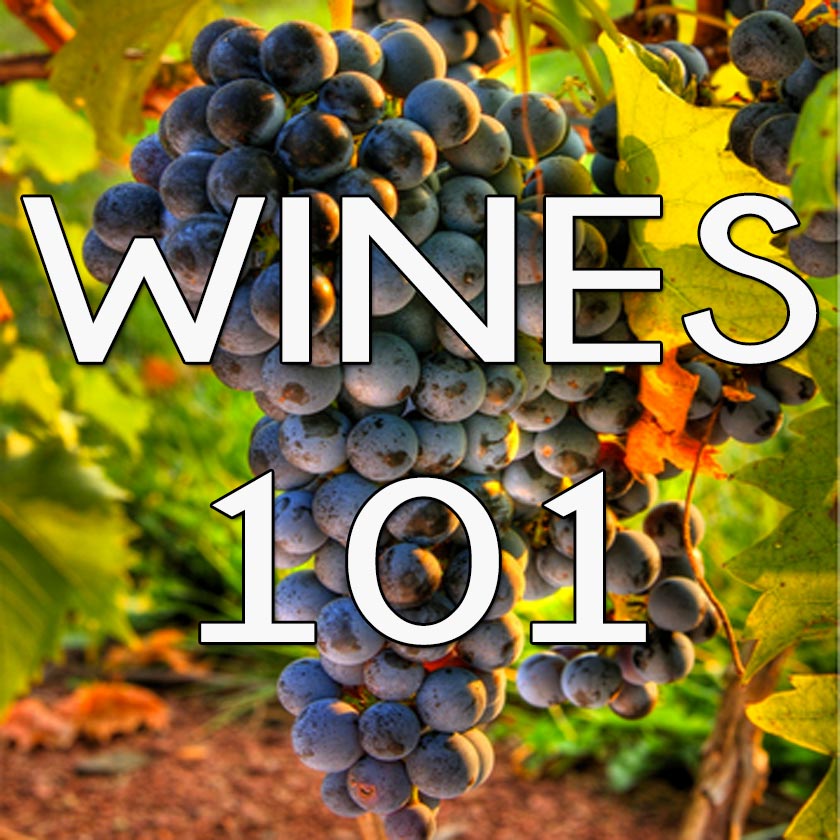Wine Clairity
Wine clairity is apparent at first sight.
Before you even bring a glass of wine under your nose for that first whiff...put it up to eye-height or above, directly towards a light.
How much beyond the glass can you see when you put it to the light? A lot? A little? That's how you judge a wine's clairity.
Wine clairity has to do with how clear, clean, or "bright" a wine appears...as in contrast with how "muddied, dull, or thick" it can appear.
This brightness or dullness has to do with "wine sediment" - or how many small particles and sediment have remained in the wine (besides any cork bits, which is unavoidable!).
The color directly or indirectly influences a wine's clairity as well, but we're not there yet...
Because you can have a ruby red color that's bright and vibrant, translucent to the light, or you can have a similar tone which is not so much deeper in hue, but deeper in 'layers of color' or exhibits more floating particles when held up to the light.
Some people truly feel that this makes a difference to their wine drinking experience.
It also connects with how well-filtered a wine is.
In today's wine world, consumers almost demand a super-filtered wine to grace the glasses on their dinner tables...
But it wasn't always like this. In the 'olden days' wine was aged in barrels, and lightly, if at at all, filtered. Why give so much extra energy so something that's not even exactly a 'problem'?
Even today, there are the rare wine makers that insist on low-filtered wines, beliving that this best preserves the true complexity and power of a wine's aroma.
At the end of the day that point is clear - it's what you enjoy drinking that counts!
Wine Tasting Notes
Wine terms about clairity:
|
|
* * * * * * *
| New Jersey Wineries › Easy Wine Glossary › Wine Clairity |
Have A Great Story About This Topic?
Do you have a great story about this? You can share it here without needing a Facebook account! You can even upload pictures!
What's New?
-
Dr
Dec 04, 14 04:30 PM
When France lost Algeria in 1960, a great worry of winemakers wad what are we going to do now? French wines from many regions WERE B,ENDED WITH MUCH STRONGER -
How to make port wine - and history!
Dec 04, 14 03:26 PM
How to make port wine - delicious, heart-warming, the perfect gift -
Wine accessory shopping for the holidays
Nov 01, 14 04:25 PM
Wine accessory shopping for the holidays





























New! Comments
Have your say about what you just read! Leave me a comment in the box below.